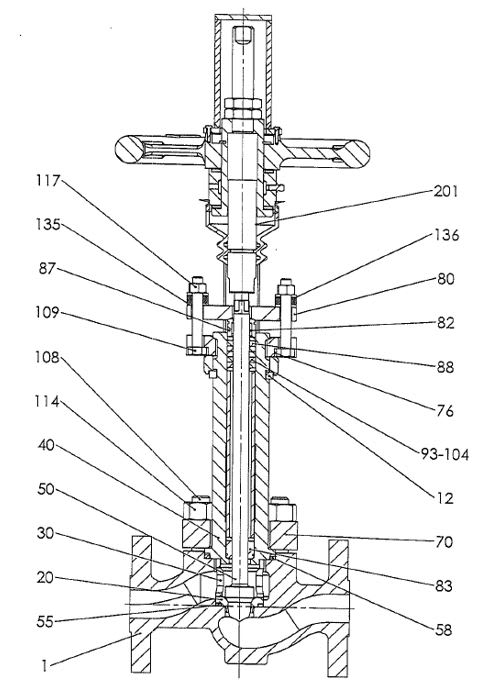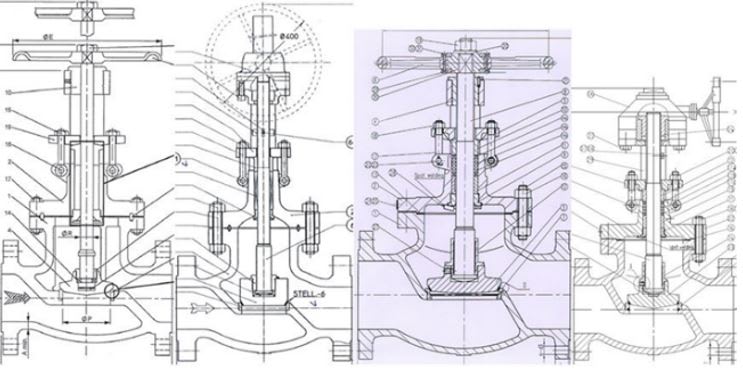Hello,
Seeing the snip of your P&ID, (engineered) control valve 8"-300# and (a normal globe) bypass valve 10"-300#.
Short term solutions is to open bypass valve
directly to approx. 25% and tweak the position (smaller or bigger) that meet your flow requirement. However please note that the 'last' position should be at the position where fairly minimum to no vibration. This is a best practice that is loooong forgotten by most (new) operators. simply open it from fully close 0% > 1% >> 2% and so on to find the right flow spot is a recipe for disaster.
Not a control valve expert myself, but I think your bypass Cv is more than 1.5-2x Cv of control valve. meaning if operating position of control valve let say 25%, then in the absence of main control valve, in order to meet the same flow condition, then bypass valve will only requires less than 10% of its open position. The smaller the opening the bigger the velocity and kinetic energy.
Vibration is a combination of velocity and kinetic energy. From Energy Vibration Institute, the threshold is 460kPa.
Your control valve might be looking something like this e.g. MarkOne with integrated spindle/plug and streamline Plug profile.
and your manual bypass valve is something like this. Spindle and plug is not integrated, Plug has flatter surface shall compared to control valve. With the right kinetic energy and velocity, there will be vortex shading after the Plug which vibrates the Plug and essentially also vibrates the spindle. Risk of gland burst/leakage.
You can calculate this by simple excel. Data needed are flow, specific gravity of medium, upstream/downstream pressure, Cv of bypass valve, spindle travel (with relation to opening area between seat and Plug). Just iterate the value based and you will find the minimum opening position.
Good luck,
regards
D


